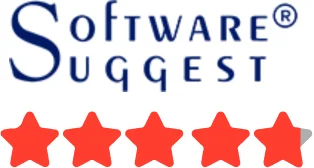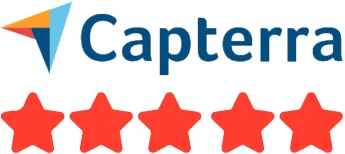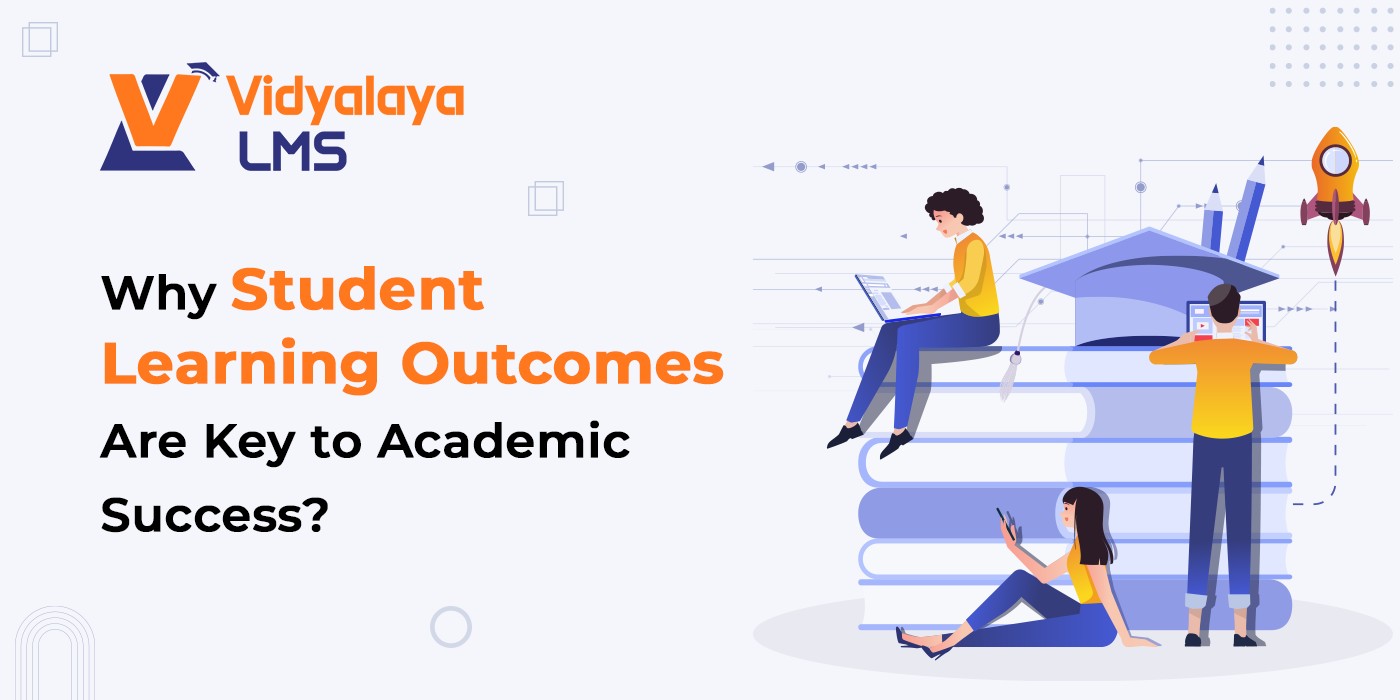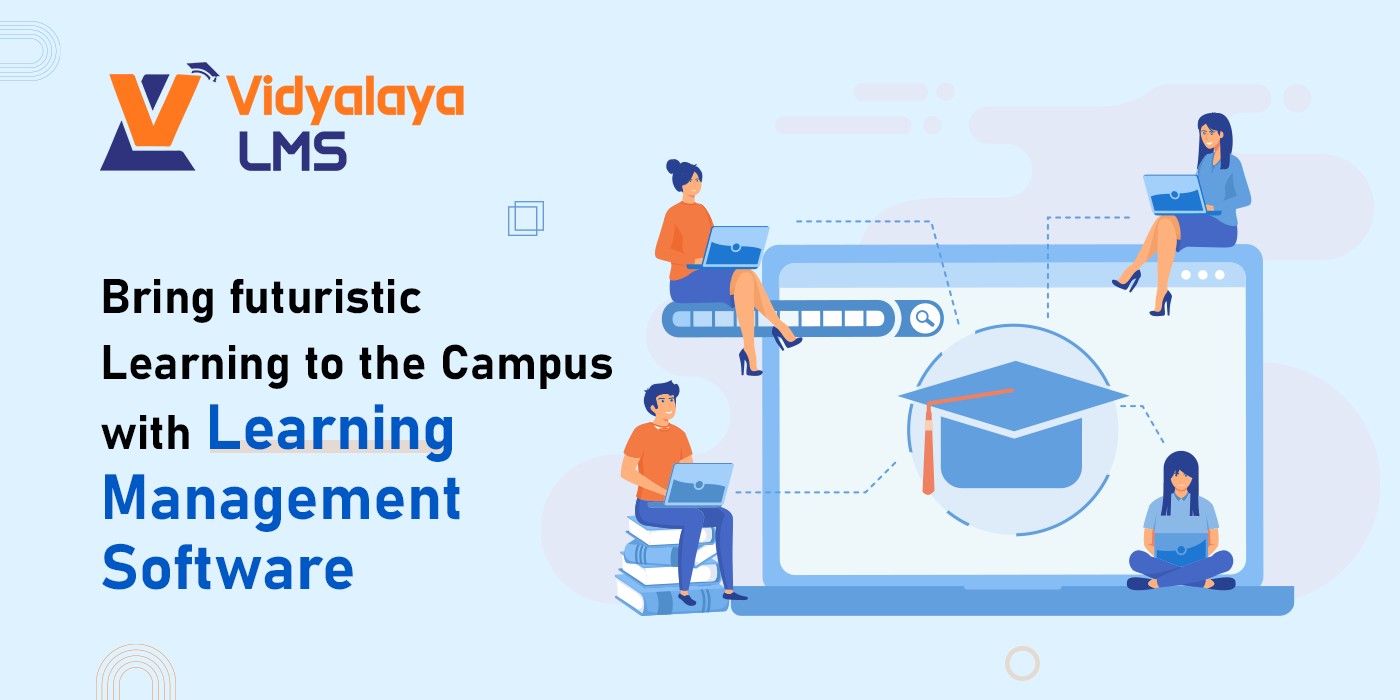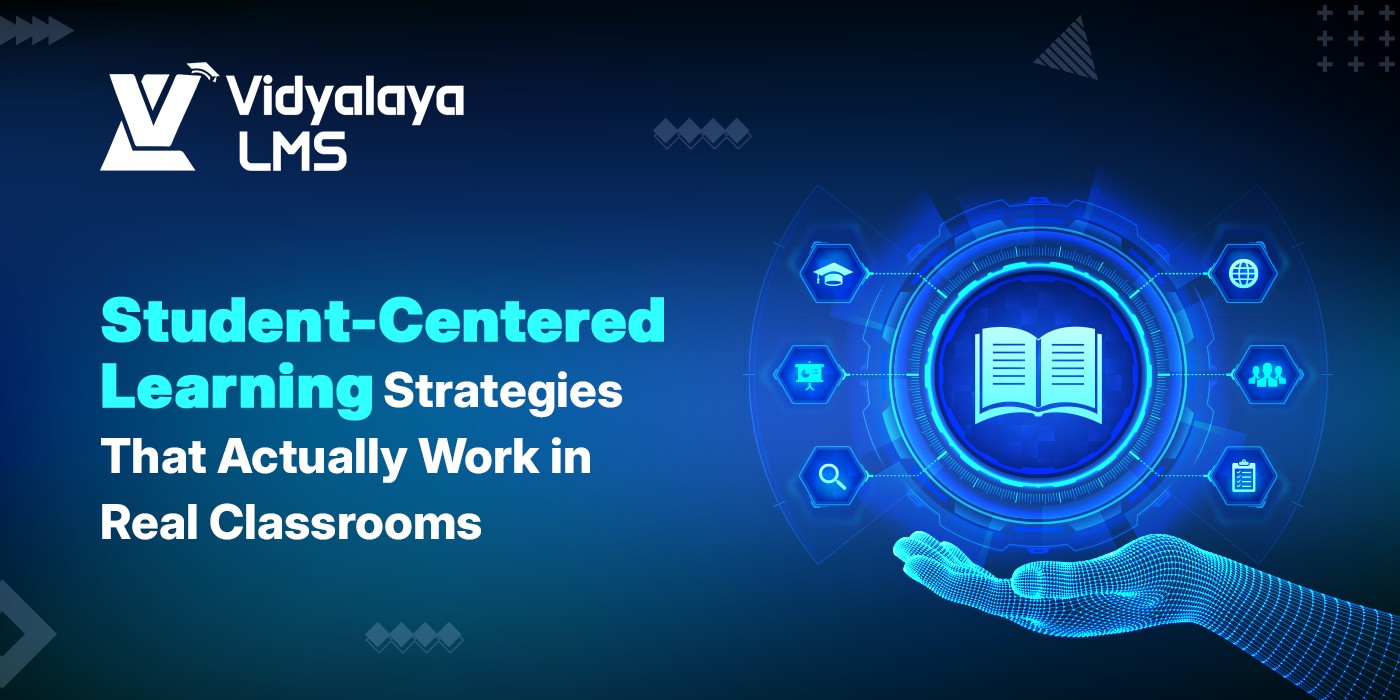Learning is just one swipe away! With students no longer being judged solely by attendance and exams, the traditional education system is under more pressure than ever before. Are they learning what they need to learn?
This is why Student Learning Outcomes (SLOs) are becoming more vital.
SLOs are not just another academic exercise. SLOs are at the intersection of showing students the established, organized way of clearly identifying what a student should know, do, and value at the end of the learning experience; SLOs provide framing opportunities for both the teacher and the learner.
Academic success today is not necessarily about students memorizing facts. Academic success involves critical thinking, problem solving, and applying knowledge; in short, identifiable outcomes for students.
What Are Student Learning Outcomes?
At the heart of it, Student Learning Outcomes are assessable statements of what the student should be able to demonstrate following the completion of a course, program, or assessment milestone. Think of them as the “end goals” of learning.
For example, a communication course learning outcome may be:
Students will be able to effectively deliver a public presentation using visual aids and persuasive approaches.”
These are not vague expectations. They are specific, doable, and assessable. The magic behind SLOs is that they bring focus and purpose to teaching and learning.
They also move from a teacher-centered approach to a student-centered approach. Instead of focusing on what the teacher is going to teach the students, the focus now becomes on what the student is going to learn and accomplish.
Importance of Learning Outcomes for Students:-
Why are student learning outcomes so critical in today’s education system?
Because they:
Define clear learning objectives:
When SLOs are well-written, students know what will be expected of them. Students will know what the goal is, what they will need to do, and students won’t need to guess or leave it undefined. This decreases anxiety and allows students to focus their cognitive energy on learning.
Improve Teacher Planning:
SLOs align teachers’ lesson planning, teaching practices, and assessments to defined outcomes. Teachers can use SLOs to make their instruction much more deliberate and effective.
Make Assessment More Meaningful to Students:
Traditional assessments of learning often assess memory. Learning outcomes give teachers the level of engagement needed to implement assessments that ask students to demonstrate their learning differently, such as:
- Projects
- Presentations
- Applications to the real world
- Attends to the Students’ Diversity and Differences
Every student learns differently. SLOs support ensuring that each student is a learning success, enough to not only achieve success for themselves, but also in their own way.
Understanding Student Learning Outcomes Assessment:-
Knowing what students are supposed to learn is something. Knowing if they learnt is quite another. This is the purpose of Student Learning Outcomes Assessment.
Student Learning Outcomes Assessment is an assessment of the extent to which students are achieving the intended learning outcomes. It is not simply a function of assessing tests, exams, or marks; it is all about effective feedback based on credible evidence, helping facilitate improvements.
Let’s break this down.
What It Involves:
- Collect student work (assignments, tests, projects)
- Measure performance using explicit learning outcomes
- Identify strengths and weaknesses
- Modify the instruction and curriculum
Why It Matters:
- Provides insight to teachers about what is or is not working
- Institutions use assessment to improve academic programs in the long run
- Provides the support students can use if they want to grow
- This process supports a feedback loop with cycles for learning that are meaningful, adaptive, and impactful for students.
Real-World Impact of Student Learning Outcomes:-
Student Learning Outcomes don’t only serve as educational resources. They have an impact outside of the classroom.
For Students:
- They graduate with direction about what they have learned.
- They can represent their skills more clearly to potential employers or higher education institutions.
- They are more confident, competent, and directed.
For Teachers:
- They can see the impact of their instruction more clearly.
- They have actionable data to draw from before they decide on their next steps.
- They are more engaged and purposeful in their actions.
For Institutions:
- Outcomes demonstrate quality in education and accountability.
- Accreditation bodies often want to see evidence of effective Student Learning Outcomes Assessment.
- Programs evolve based on purpose, rather than habit or guesswork.
In short, SLOs connect their learning in the classroom to learning in the workforce.
Conclusion:
Academic success is no longer just about how many’s one gets on the report card. It’s about whether students are learning skills that they can use in life, at work, and in society.
By adopting Student Learning Outcomes and creating a thoughtful Student Learning Outcomes Assessment process, educators and institutions can rigorously frame every lesson, every assignment, when students walk in the door, as a meaningful part of, overall larger journey of learning. When students comprehensively understand what they are expected to learn, and educators have the knowledge to help them get there, everyone wins.
Time focused on designing and assessing student learning outcomes is among the most meaningful things you can do for the future of students, regardless of your role as a school administrator, teacher, or policymaker.



